Commentary: Liberals have also censored history
Published in Op Eds
In 1874, during the brief era of Reconstruction, white people staged a racist uprising in New Orleans. Angered by the presence of African Americans in law enforcement and other government posts, members of the Crescent City White League stormed the local customs house and killed 11 police officers.
Two years later, a contested presidential election led to the withdrawal of U.S. troops from the South and the end of Reconstruction. In 1891, New Orleans erected a memorial to White League members who died in the 1874 riot. And in 1932, the city affixed a plaque to the memorial stating that the 1876 election “recognized white supremacy in the South and gave us our state.”
But you can’t see the memorial — or its plaque — in New Orleans any longer. It was taken down in 2017, following years of protest by civil rights advocates.
I’ve been thinking about that episode over the last few months, as President Donald Trump’s administration steps up its efforts to purge our historical landscape of anything remotely negative about the United States. In March, it ordered the Smithsonian Institution to eliminate “improper, divisive or anti-American ideology” from its museums. And in my hometown of Philadelphia, over a dozen displays about slavery at Independence National Park— including an exhibit describing George Washington as an enslaver — have been flagged for review.
Like other liberal historians, I’m outraged by Trump’s cowardly attacks on our guild. A nation that really believed in its “greatness” — a term the president loves to use — wouldn’t be afraid to confront its worst chapters.
But I think my fellow liberals have been complicit — to borrow the term du jour — in historical censorship too. Nobody on my side of the political aisle objected when the New Orleans monument came down. Instead, we celebrated a victory over hate and bigotry.
I’m not saying that racist memorials should remain on their pedestals. But when they’re pulled down, they should be placed somewhere else where we can see them. Otherwise, we won’t learn the awful history they embody.
Consider the fate of Silent Sam, the Confederate statue that stood for over a century on the campus of the University of North Carolina. It, too, was built to extol white supremacy: At its unveiling in 1913, a UNC trustee said that Confederate soldiers had “saved the very life of the Anglo Saxon race in the South.”
But in 2018, demonstrators pulled down Silent Sam. And when UNC Chancellor Carol Folt proposed that the statue be displayed in a museum, the university erupted in yet more protest.
In a statement, the university’s psychology department said that preserving Silent Sam in any form on campus would “create a hostile learning environment for black students.” The monument “undermines our shared community values of equality, respect, and acceptance of all people,” the department added.
A few months later, Folt caved and declared that Silent Sam would be removed from campus. Its presence at UNC — even in a museum — posed a threat to the “well-being of our community,” she said.
Sound like anyone you know? In his fulminations against allegedly “divisive” history, Trump insists that it threatens the entire American community. By casting the United States “in a negative light,” Trump warns, historians are promoting “a sense of national shame.” Instead, we should be “instilling pride in the hearts of all Americans.”
In other words: smiley faces only, please. Some things are just too troubling to see. So let’s take them down, or blot them out, so we can all feel better.
False equivalence alert: Trump is clearly seeking to suppress knowledge of white racism, while the statue protesters were trying — in good faith — to protect nonwhite races from hateful symbols. And he’s the president, of course, so he has vastly more power than anybody else.
But the upshot is exactly the same: History gets censored. And we condescend to Americans when we imagine they can’t handle it.
We see a similar dynamic in the ongoing debate over book bans in schools and libraries. I am appalled by recent efforts by right-wing ideologues to remove works by Toni Morrison, Maya Angelou and many others. But where were my fellow liberals when schools were dropping “The Adventures of Huckleberry Finn“ because it uses the N-word 200 times? Sitting on their hands or cheering from the sidelines, as another reminder of racism bit the dust.
That was the “good” kind of censorship, because we did it. And we are good.
But every act of historical suppression is bad news, for all of us. That’s why I was glad to read that the New Orleans monument will be part of forthcoming exhibit at the Museum of Contemporary Art in Los Angeles. The exhibit “reflects on the histories and legacies of post-Civil War America as they continue to resonate today” by displaying“monuments in the exhibition will be shown in their varying states of transformation,” a museum news release declares.
That’s precisely why we need to see these symbols: to understand who we are, how we got here and where we need to go. We are in a state of transformation, too, and we must not look away. That’s what Trump wants us to do.
____
Jonathan Zimmerman teaches education and history at the University of Pennsylvania and serves on the advisory board of the Albert Lepage Center for History in the Public Interest.
___
©2025 Chicago Tribune. Visit at chicagotribune.com. Distributed by Tribune Content Agency, LLC.
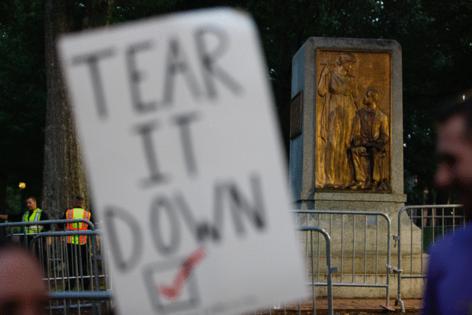















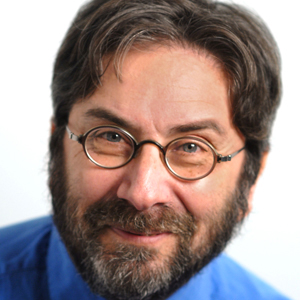
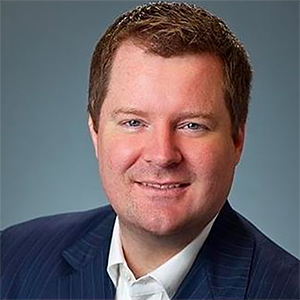



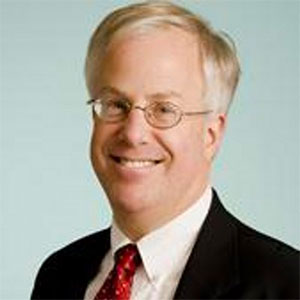





















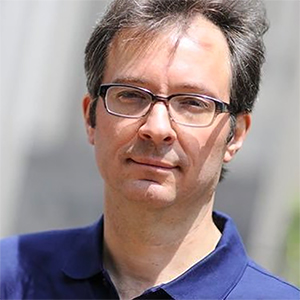






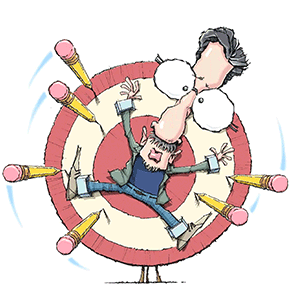
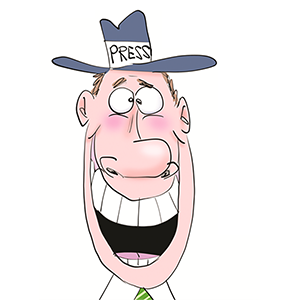
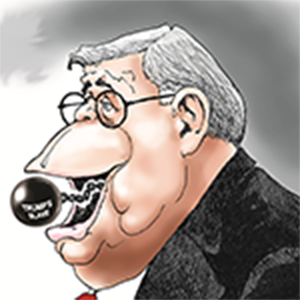

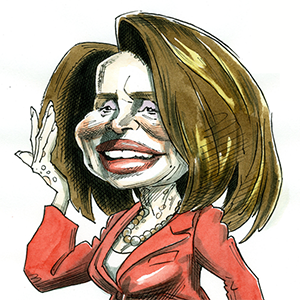
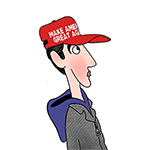
Comments